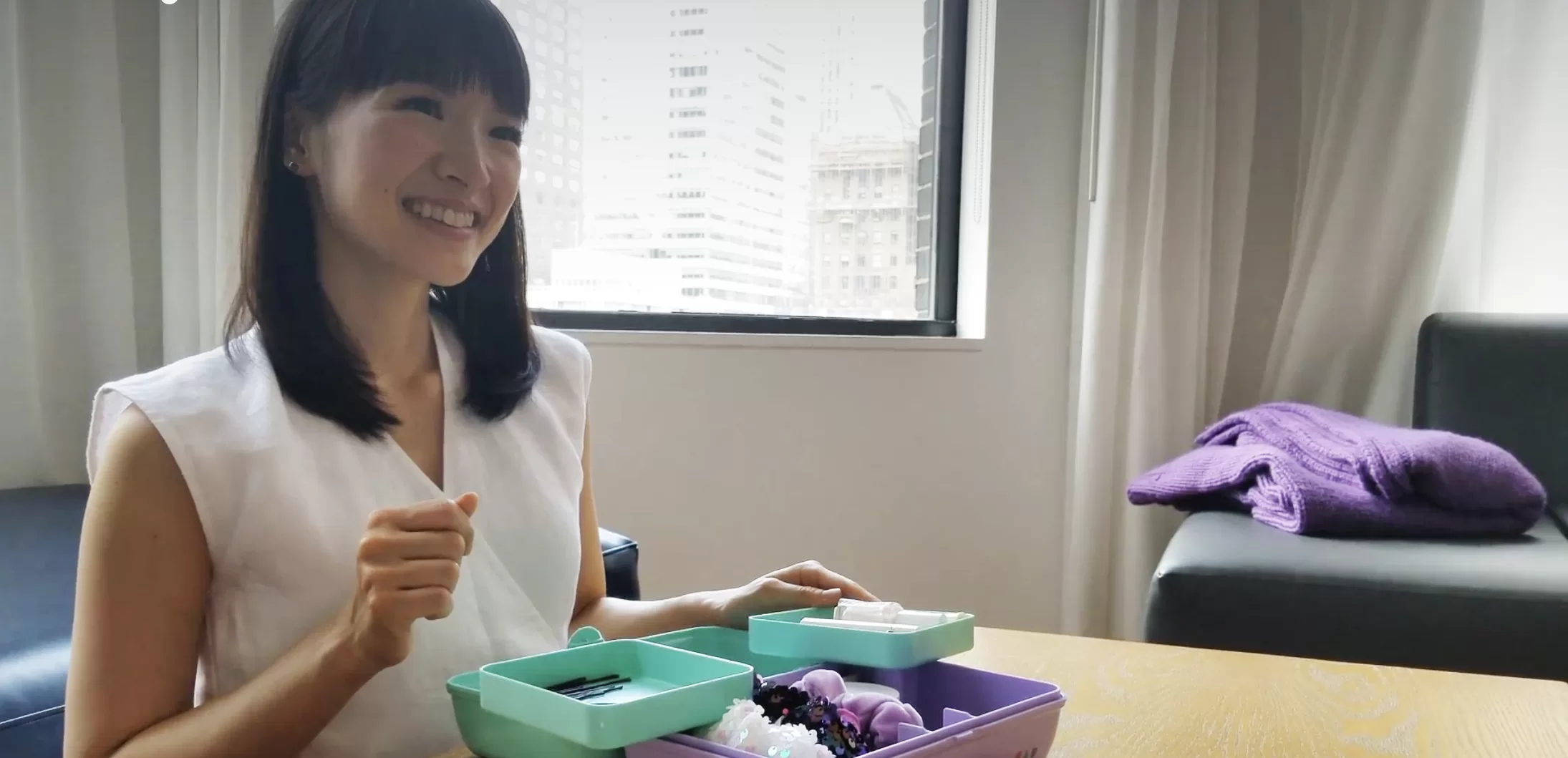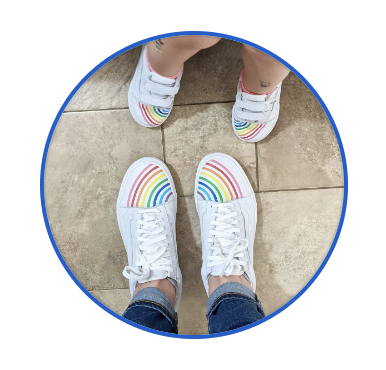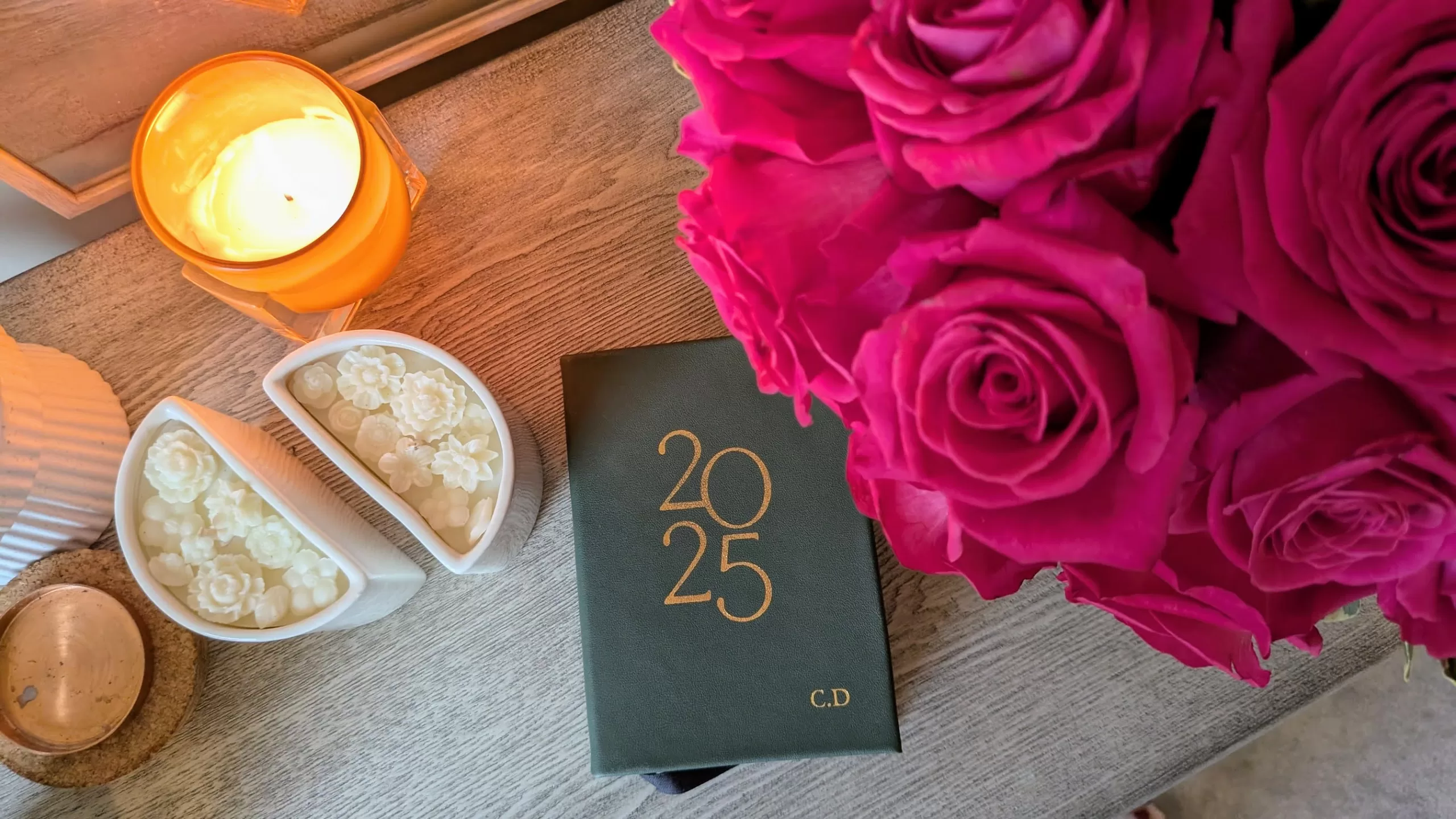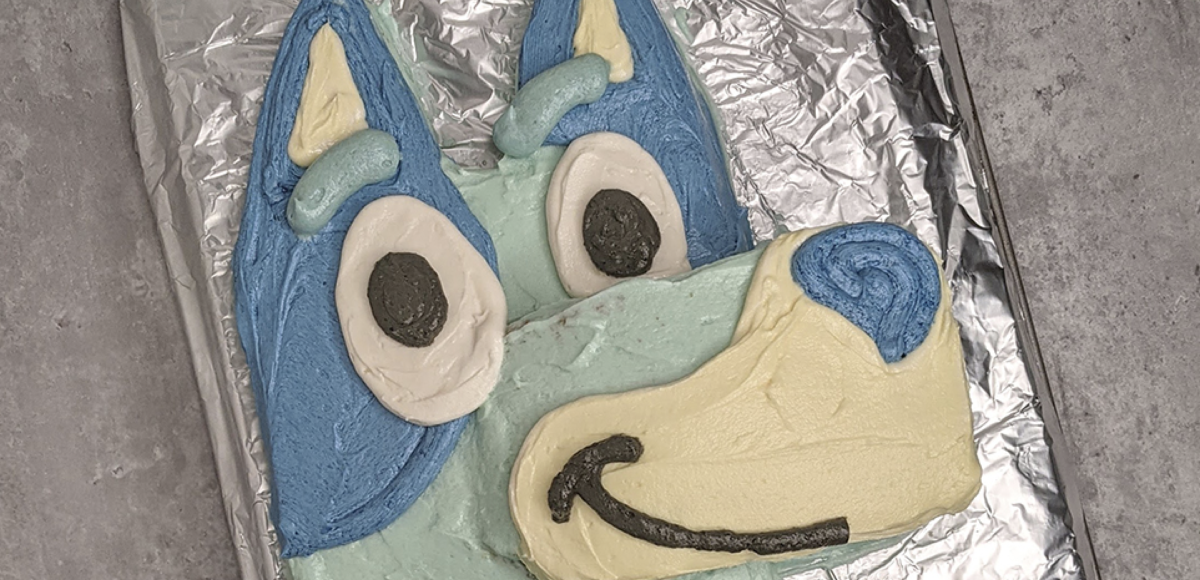This post may contain affiliate links. Every link is hand-selected by our team, and it isn’t dependent on receiving a commission. You can view our full policy here.
Becoming a KonMari Consultant—aka a professional organizer certified in Marie Kondo‘s signature decluttering method—involves a lot more than asking “Does it spark joy?” Or even shelling out $2,750 and attending the three-day course. Or reading her books (and the course’s 79-page workbook). You have to put in the work, logging consultations and “tidying festivals” that have to be vetted by a pro before you can join Kondo’s ranks.
A little over a year ago, I got to be a fly on the wall, attending the certification training for a story on what to expect. I was amazed at how in-depth the training got; how quickly it delved beyond the surface-level basics of organizing and helped people mine their own lives. Like I wrote at PureWow, it was almost like group therapy—and a chance for consultants-in-training to learn how to do the same for clients down the road. But, out of everything I took in over those three days, one piece of advice has stood out to me ever since:
You’ve got to help people understand that roughly 10 percent of what they donate will actually be reused. It’s important to accept that reality, so they can be more mindful of what they buy in the future.
KonMari Consultant Training (paraphrased), 2021
Ten percent?! It didn’t seem possible. Here, I’d been feeling great about all the things I let go of, convinced most of them would find a new home, not that most would end up clogging a landfill. It tracks with another staggering statistic: An estimated 9 percent (9!) of plastic actually gets recycled, according to National Geographic. A lot of the stuff we toss into the recycling bin doesn’t actually get recycled, because the facility can’t process them in their current state (think peanut butter jars with bits of PB still in ’em), a problem some call “wish-cycling.” (Another problem I’m guilty of.)

That awareness has been valuable, especially in today’s world of trends that come and go as quickly as you can post to TikTok: Do I really need this? Can I repurpose that? Could I resell this on Facebook Marketplace to ensure it goes to another home?*
*Reselling and buying used items has been a game-changer for me over the past year, especially when your three-year-old seems to go through a growth spurt every other week. I actually made $843 last year, simply clearing out my closets and basement—and I’ll be real: None of it was designer (though I did earn $100 selling an old Nespresso machine). It made me all the more grateful as I—to quote Marie—thanked the item for its service and moved on.




